Too many cooks: How Europe undercut its climate goals with a mishmash of green policies
In the EU's conundrum, there are many lessons for American policy-makers

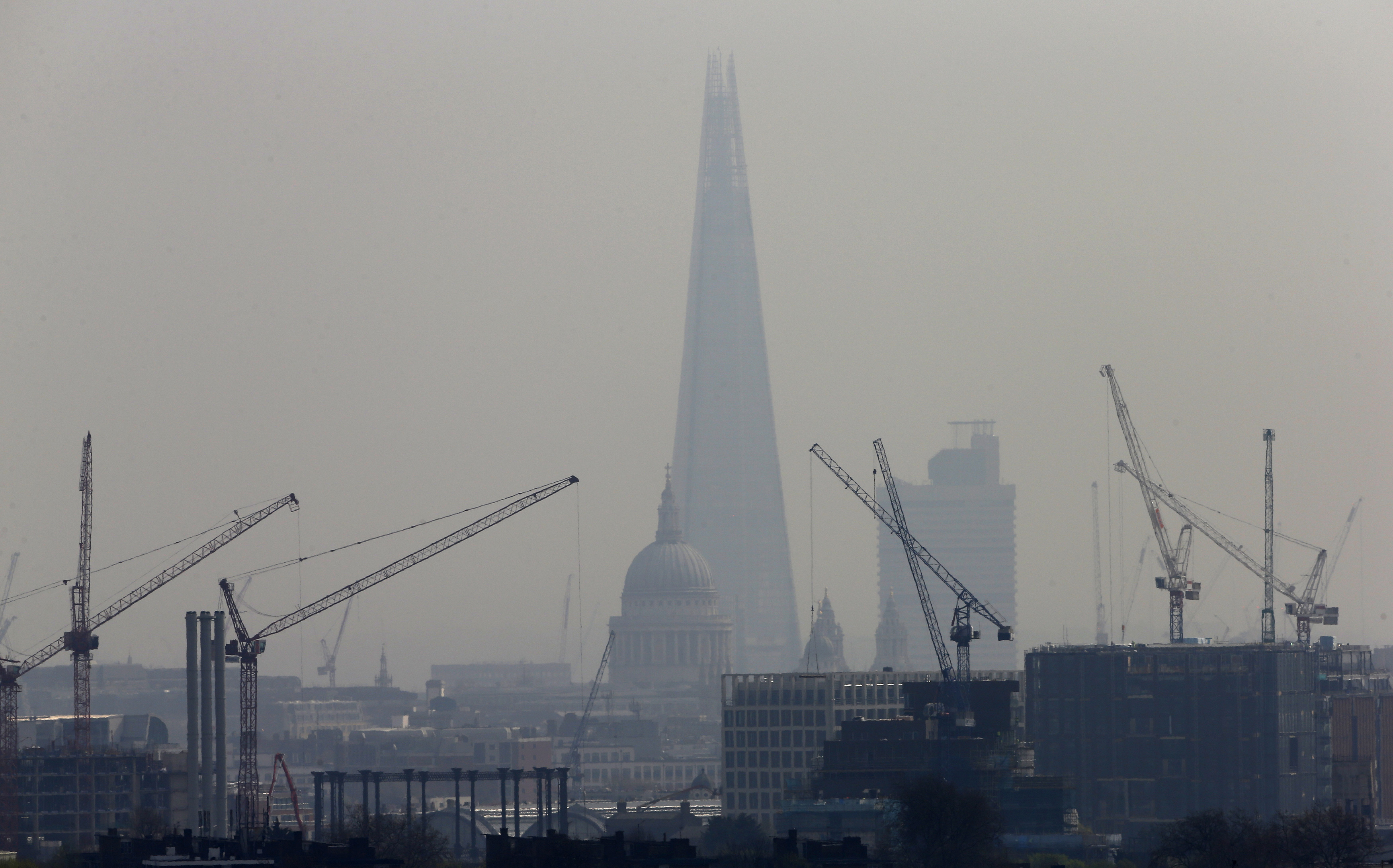
If one green energy program is a good idea, you’d think two would be even better.
But as the experience of Europe shows, some efforts to get renewable energy up and running can undercut or negate other efforts. It’s a lesson the U.S. should keep in mind, given our own overwhelming need for a national climate policy.
Specifically, what happened is that a lot of countries within the European Union failed to coordinate their individual renewable energy projects with the EU’s Emission Trading System (ETS), which encompasses 28 EU countries.
The Week
Escape your echo chamber. Get the facts behind the news, plus analysis from multiple perspectives.

Sign up for The Week's Free Newsletters
From our morning news briefing to a weekly Good News Newsletter, get the best of The Week delivered directly to your inbox.
From our morning news briefing to a weekly Good News Newsletter, get the best of The Week delivered directly to your inbox.
The ETS is what’s known as a “cap-and-trade” system. It sets a cap — a limit measured in raw mass — on the total amount of carbon all the countries and industries under its jurisdiction can dump into the atmosphere in a given year. That cap then descends over time, cutting total carbon emissions.
At the same time, the emissions allowed under the cap are divided up into permits, which companies can then buy and sell amongst one another. Companies can cut their emissions any way they like as long as they abide by the permits they hold. Lots of businesses like this approach because it minimizes regulatory and bureaucratic fiddling.
The idea is to create a profit incentive for cutting emissions; the fewer emissions a firm has, the less money it has to spend on buying permits, and the more money it can make selling excess permits to others. Cap-and-trade takes the decentralized problem-solving power of markets and conscripts it into figuring out the best ways to cut carbon emissions.
The problem is that each country under the ETS also has its own individual green energy projects. If Spain decides it wants to use public financing to build a wind farm, for example, or if Germany starts subsidizing renewables on its power market, those ideas may be great on their own. But those projects don’t combine with the ETS to cut more emissions than either would have achieved individually. Instead, the German or Spanish project just replaces some carbon reductions that would’ve been achieved under the ETS anyway — and often in less efficient and more costly ways.
A free daily email with the biggest news stories of the day – and the best features from TheWeek.com
It also cuts the overall need for carbon permits, which reduces their price on the market, which in turn reduces the incentive to cut carbon emissions elsewhere.
The EU as a whole also has targets for how much energy efficiency it wants to achieve and what portion of its electricity to get from renewables by 2030. Those create the same dynamic; they don't add to reductions the ETS is achieving, they just usurp them.
Factor in similar initiatives in all the countries under the ETS, as well as other EU policies, and you have a significant problem on your hands. Add in the aftermath of the 2008 recession — which naturally depressed demand for carbon permits by depressing economic activity — and Europe’s carbon price hit basement lows in 2013 and into 2014.
Bloomberg reported on Sunday that an analysis by the consulting firm Bain & Co. showed that Europe wasted around $137 billion on renewable energy projects thanks to this coordination problem. In some cases, the individual projects got their reductions at a cost that was more than 18 times higher than what the ETS could theoretically have achieved.
The EU is currently figuring out the nuts and bolts of its new commitment to reduce its greenhouse gas emissions 40 percent below their 1990 levels by 2030. It’s also hashing out ways to repair the ETS — including tightening the cap, which should drive the price of the permits back up. A spokesperson for the European Commission told Bloomberg that new energy rules will be proposed on Feb. 25, which may "improve uncoordinated national policies and state support of renewables.”
An even more politically fraught (but conceptually simpler) solution would be to just scrap many of the renewable targets and individual projects, and just go all-in on the ETS as Europe’s carbon-cutting tool of choice.
Now, the U.S. doesn’t have a national cap-and-trade system. (Though Congress almost passed one in 2009.) But nine U.S. states in the northeast have had their own cap-and-trade system — the Regional Greenhouse Gas Initiative — since 2008, and California started its state-wide system in 2012. More importantly, a further spread of cap-and-trade systems, either at the individual state or multi-state level, may well be what ultimately results from the new rules the Environmental Protection Agency published last year to cut emissions from the nation's power plants.
At the same time, many states also have targets for what percentage of their energy should come from renewables, as well as a whole smorgasbord of other renewable policies. So if cap-and-trade spreads in the U.S., the same coordination problem will come into play.
This isn’t a problem inherent to cap-and-trade systems per se. They have a history of working! The U.S. launched a national cap-and-trade system in the 1990s to deal with the sulfur dioxide emissions that cause acid raid, and by all accounts the program has been a rousing success. Rather, it’s a problem of understanding the economics behind why cap-and-trade systems do what they do, and thus how to design other renewable energy policies around them to help rather than hinder the effort to fight climate change.
Of course, the ultimate goal here is to preserve a stable climate for posterity. If we don’t always do that in the most economically efficient manner, or if we waste $137 billion here or there, it’s not the worst thing in the world. But efforts to fight climate change have plenty of skeptics as it is, especially here in America. So there are political and economic reasons for lawmakers to be as smart as they can when designing policy.
Jeff Spross was the economics and business correspondent at TheWeek.com. He was previously a reporter at ThinkProgress.
-
 US citizens are carrying passports amid ICE fears
US citizens are carrying passports amid ICE fearsThe Explainer ‘You do what you have to do to avoid problems,’ one person told The Guardian
-
 All roads to Ukraine-Russia peace run through Donetsk
All roads to Ukraine-Russia peace run through DonetskIN THE SPOTLIGHT Volodymyr Zelenskyy is floating a major concession on one of the thorniest issues in the complex negotiations between Ukraine and Russia
-
 Why is Trump killing off clean energy?
Why is Trump killing off clean energy?Today's Big Question The president halts offshore wind farm construction
-
 The pros and cons of noncompete agreements
The pros and cons of noncompete agreementsThe Explainer The FTC wants to ban companies from binding their employees with noncompete agreements. Who would this benefit, and who would it hurt?
-
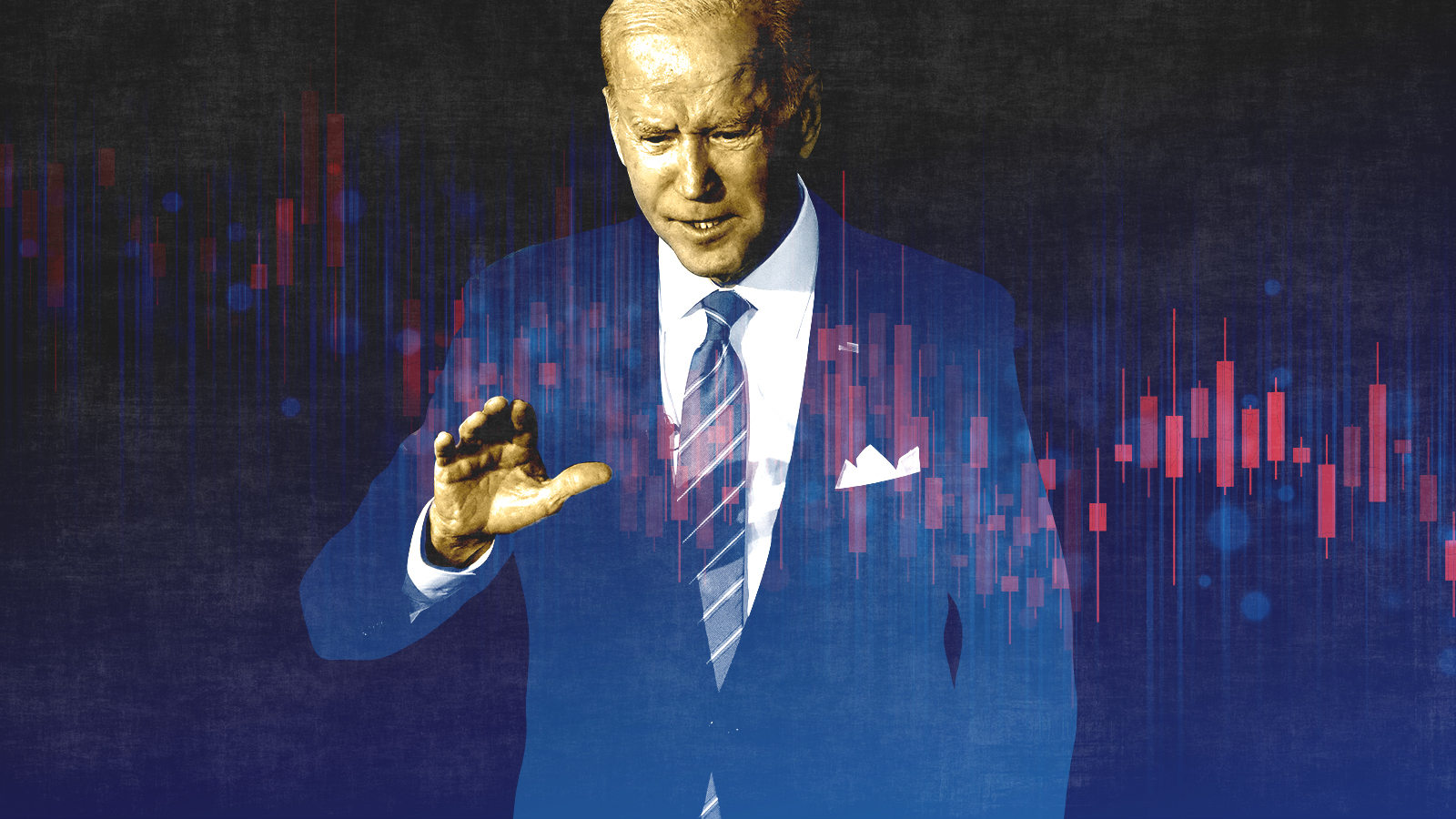 What experts are saying about the economy's surprise contraction
What experts are saying about the economy's surprise contractionThe Explainer The sharpest opinions on the debate from around the web
-
 The death of cities was greatly exaggerated
The death of cities was greatly exaggeratedThe Explainer Why the pandemic predictions about urban flight were wrong
-
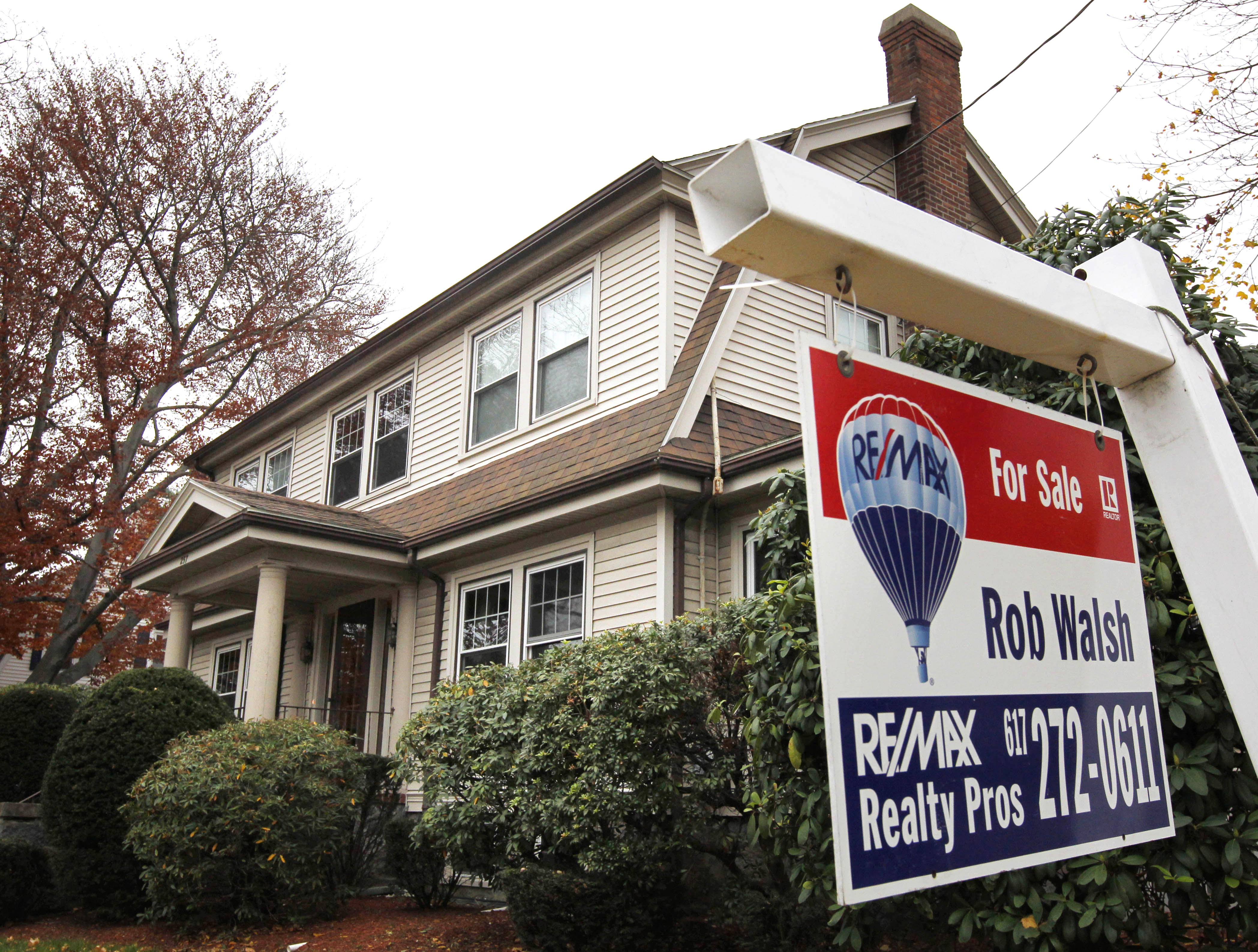 The housing crisis is here
The housing crisis is hereThe Explainer As the pandemic takes its toll, renters face eviction even as buyers are bidding higher
-
 How to be an ally to marginalized coworkers
How to be an ally to marginalized coworkersThe Explainer Show up for your colleagues by showing that you see them and their struggles
-
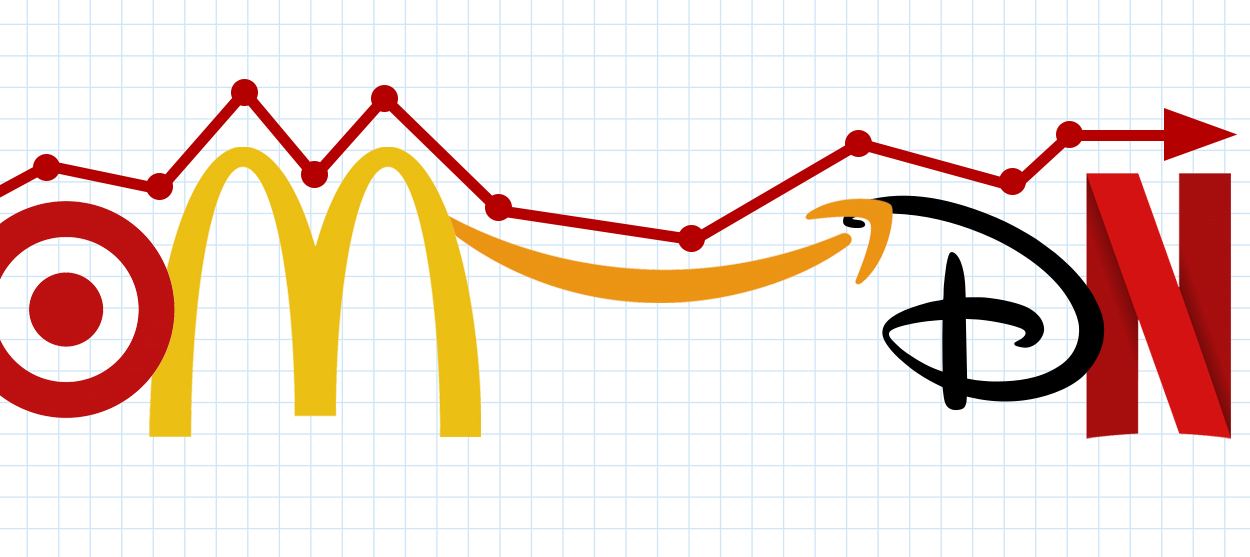 What the stock market knows
What the stock market knowsThe Explainer Publicly traded companies are going to wallop small businesses
-
 Can the government save small businesses?
Can the government save small businesses?The Explainer Many are fighting for a fair share of the coronavirus rescue package
-
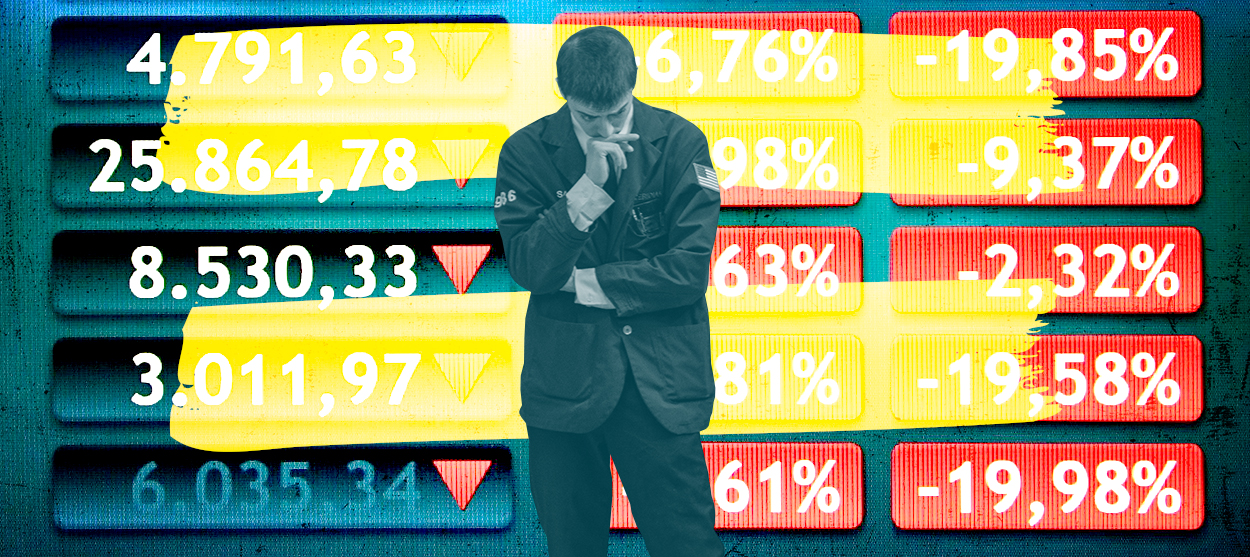 How the oil crash could turn into a much bigger economic shock
How the oil crash could turn into a much bigger economic shockThe Explainer This could be a huge problem for the entire economy
